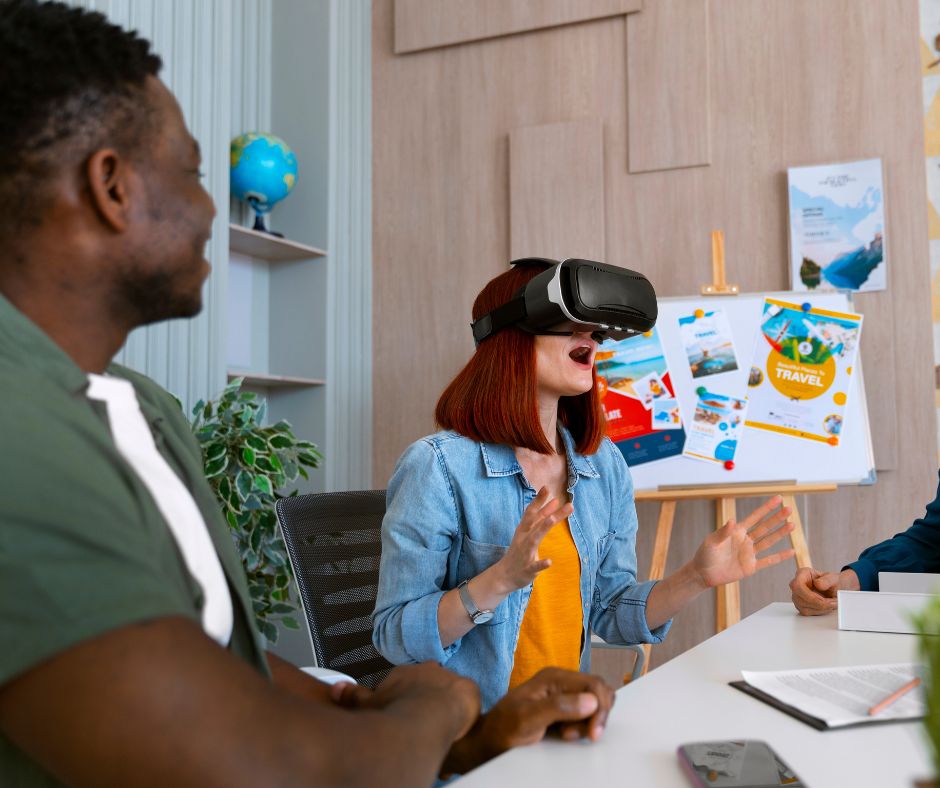During a recent visit to the library with my kids, I walked past the computer area and noticed that there wasn’t one empty seat. However, most of the standard tables were empty, save for one teenager texting on his phone. I had flashbacks of my many hours at the library, parked in my favorite nook with research books open, making flashcards or furiously jotting down words in my spiral notebook. My, how things have changed.
Technology has been around for a while now so I don’t think anyone is surprised that it is changing the way we learn. Think about anything you’ve learned in the past 5 years, and I doubt much of it involved sitting in a classroom with several students and a teacher up front. From a quick Google search to obtaining your college degree online, you no longer need to change out of your pajamas to learn what you want or need to know.
So is technology impacting the way we learn? Experts say yes, and in a good way. Studies are showing that a mix of self-study, adaptive instruction and peer network support is a proven model to learn and retain just about anything. And technology enables each one of these components.
Self-Study
Instead of relying on one instructor in a single location, technology provides instant access to anything I want or need to know. When I’m at work, I’m constantly looking up terms or topics to assist me as I write or communicate. I use Khan Academy as an online math tool for my kids at home. I recently needed to learn the basics of a new software program to avoid hiring a consultant to do work I knew I could do independently with some basic instruction. Thanks to technology, I watched a couple of videos and was set. Technology allows me to engage in this type of self-study.
Peer Network Support
Technology facilitates collaborative learning by allowing me to learn alongside others, regardless of location. Web-based classes allow me to connect and learn from students worldwide. I can identify those with shared interests or talents and grow and discover with them using a computer and Wi-Fi.
Social networking and instant messaging applications, discussion groups, webinars, and YouTube all facilitate and encourage collaboration. Have you ever posted a question to your Facebook friends to get an answer? That has become my first thought when I need an opinion or want to know something. Ever heard of Bleeping Computer.com? Post a problem you are having with your computer; several nice techies will help you troubleshoot. We now have access to hundreds of instructors and peers with the certainty that someone out there has the answer to our question or can teach us what we need to know. And that is empowering.
Adaptive Instruction
Technology not only supports collaborative learning but also caters to individual learners’ needs. We all know the best way we learn. Some are visual, others retain knowledge best by listening, and others need to touch, feel and experience to discover. The wealth of technology available can meet the needs of each one of these learning styles. YouTube videos, Audible books, interactive courses, and even virtual reality for the hands-on learner are just a few examples of how we receive information these days.
The information is out there. Everywhere. The onus is now on us to find, learn, and apply it. But with all that being said, and maybe it’s just nostalgia, I’m not sure technology can ever replace sitting down in the library and turning the pages of a real book. Of course, I may have to eat my words at the rate things are going!
